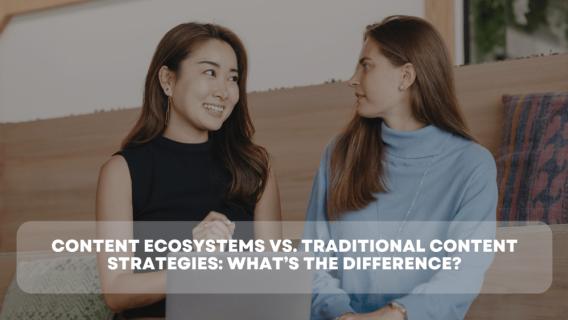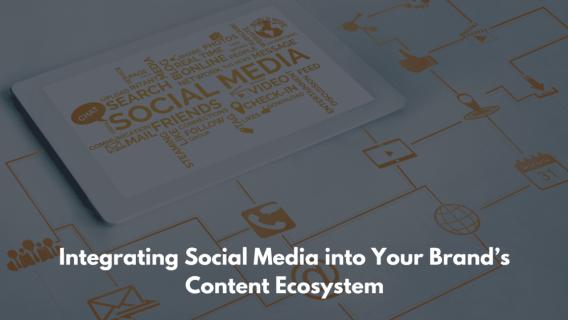In the digital era, brands are no longer just talking to customers, they are also listening to and collaborating with them. One of the most effective ways businesses are using this collaboration is through User-Generated Content (UGC). Whether it’s a simple product review, a social media post, or a customer testimonial, UGC has become a critical component of modern marketing strategies.
In this article, we’ll look into everything you need to know about UGC — what it is, why it is important, and how to encourage it to boost your brand.
What is User-Generated Content (UGC)?
User-Generated Content (UGC) refers to any form of content created by customers or users of a brand, rather than the brand itself. This can include:
- Reviews and ratings
- Photos and videos showcasing a product or service
- Social media posts (tweets, Instagram posts, TikTok)
- Blog posts, testimonials, or customer stories
- Comments, discussions, or questions on forums or websites
- Unboxing videos, tutorials, or demonstrations on platforms like YouTube
- UGC is authentic, diverse, and more trustworthy than branded content, as it comes directly from real users.
~ The Importance of UGC in Digital Marketing
Boosts Credibility and Trust:
UGC builds trust among potential customers because people tend to trust their peers over traditional advertisements.
Encourages Engagement:
When customers see that a brand features UGC, they are more likely to engage with the brand. They feel valued and are motivated to create more content, leading to a virtuous cycle of content generation and brand interaction.
Cost-Effective Marketing:
UGC is a cost-effective way to produce content since it’s created by your audience. You don’t need a big production budget for content creation; customers do it for you, often more authentically.
Improves SEO:
UGC can improve your site’s search engine ranking. When users post reviews, comments, or blog posts about your brand, it adds fresh, relevant content to your online presence. User reviews can also lead to long-tail keywords that help you rank for more specific queries.
Social Proof:
Seeing real people use and endorse your product acts as social proof, reassuring others that your product is worth purchasing.
Conversion Rates:
UGC can significantly increase conversion rates.
Enhances Community Building:
UGC helps brands foster a sense of community. When customers see their content shared by the brand, it enhances their emotional connection to it, fostering long-term loyalty.
~ Types of User-Generated Content
There are several types of UGC that brands can leverage, depending on their goals:-
Customer Reviews and Ratings:
Online reviews are perhaps the most common type of UGC. Platforms like Yelp, Google Reviews, and even your website can showcase customers’ experiences with your product or service. These reviews not only boost trust but also help with SEO rankings.
Social Media Posts:
Social media platforms are a treasure trove of UGC. Customers often tag brands in posts or use branded hashtags. Brands can easily collect and share this content, showcasing their products in real-world use cases.
Unboxing and How-To Videos:
Unboxing videos and product tutorials by influencers or regular customers are a form of UGC that helps potential buyers see the value of a product in action. YouTube and TikTok are major platforms for such content.
Contests and Challenges:
Brands can encourage UGC through social media contests or challenges. These campaigns inspire customers to share their experiences with a product, creating a wave of engagement. The “#IceBucketChallenge” for ALS awareness is a famous example of a viral UGC challenge.
Hashtags and Brand Mentions:
Branded hashtags, like Coca-Cola’s #ShareACoke, encourage users to post photos or stories featuring your brand. These hashtags make it easy for brands to collect and promote UGC.
Testimonials and Customer Stories:
Personal customer stories shared through blogs, social media, or videos can create an emotional connection with potential buyers. This type of UGC is particularly valuable for products or services that have a transformative impact on users’ lives.
Q&A or Forum Contributions:
Forums, Q&A sections, and discussion platforms (like Reddit) offer a goldmine of UGC. Brands can find product recommendations, solutions to common problems, and feedback, which can be used in marketing strategies.
~ How to Encourage User-Generated Content
Create a Branded Hashtag:
A unique, branded hashtag encourages users to share their content around a central theme. Make it catchy and easy to remember so users can easily contribute. Encourage them by featuring their posts on your official social media pages or website.
Run UGC Contests:
A great way to get your audience involved is by hosting a contest. Ask users to submit photos, videos, or stories for a chance to win a prize. Contests not only generate a lot of UGC but also drive engagement and visibility for your brand.
Incentivize Contributions:
Offer incentives like discounts, giveaways, or loyalty points in exchange for UGC submissions. Rewarding users for their participation encourages them to continue contributing.
Showcase UGC on Your Website and Social Channels:
Regularly feature user-generated content on your social media accounts, newsletters, and website. Customers are more likely to create content if they see other users being featured.
Collaborate with Influencers
Partner with influencers and encourage them to create authentic content about your products. Influencers can amplify your reach and encourage their followers to contribute their own content.
Encourage Reviews and Testimonials:
After a purchase, send automated emails asking for product reviews or testimonials. Make it easy for customers to leave reviews directly on your website or third-party platforms like Google or Yelp.
~ Best Practices for Leveraging UGC
Always Ask for Permission:
Before using a customer’s content, it’s important to ask for their permission. This shows respect for their work and builds trust between your brand and its customers.
Give Credit to the Creators:
When reposting UGC, always give credit to the original creator. This makes them feel appreciated and encourages others to contribute.
Ensure Content Quality and Relevance:
While UGC is inherently more authentic, you still want to ensure that the content aligns with your brand’s values and messaging. Share high-quality and relevant content that reflects well on your business.
Monitor Brand Mentions:
Use tools like Google Alerts, Hootsuite, or Mention to track when users are creating UGC about your brand. This allows you to engage with your audience promptly and source more content.
Moderate UGC:
It’s important to moderate UGC to ensure it’s appropriate for your audience. Implement a strategy for reviewing and approving content before sharing it on your platforms.
~ Challenges of User-Generated Content
Content Quality Control:
Since UGC is created by users, it can sometimes lack the professional polish you may desire. However, authenticity often outweighs production quality when it comes to UGC.
Negative or Inappropriate Content:
Not all UGC will be positive. Be prepared for negative feedback and have a strategy for dealing with inappropriate content. Respond to criticism professionally, and use it as an opportunity to improve.
Copyright Issues:
Brands need to be cautious about using UGC without the creator’s explicit permission. Always ask for consent before featuring any user-generated content to avoid legal issues.
~ Conclusion
User-Generated Content is a powerful tool that allows brands to leverage the voices of their customers, increasing credibility, engagement, and trust. By encouraging and promoting UGC, businesses can create a community-driven marketing strategy that drives growth and fosters long-term brand loyalty.









